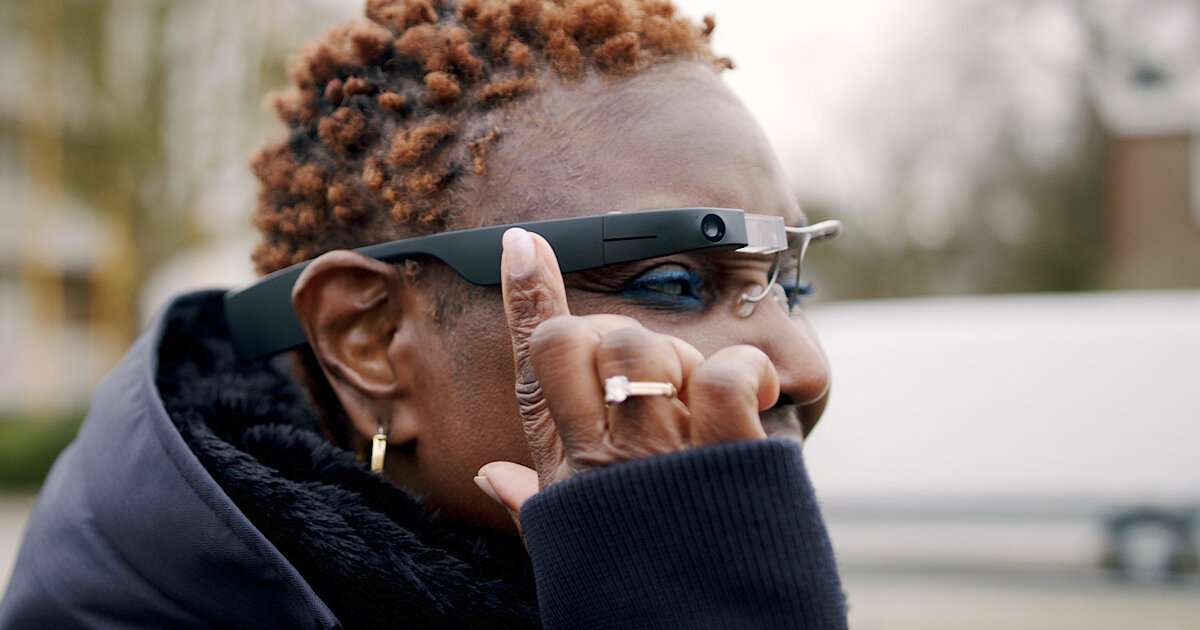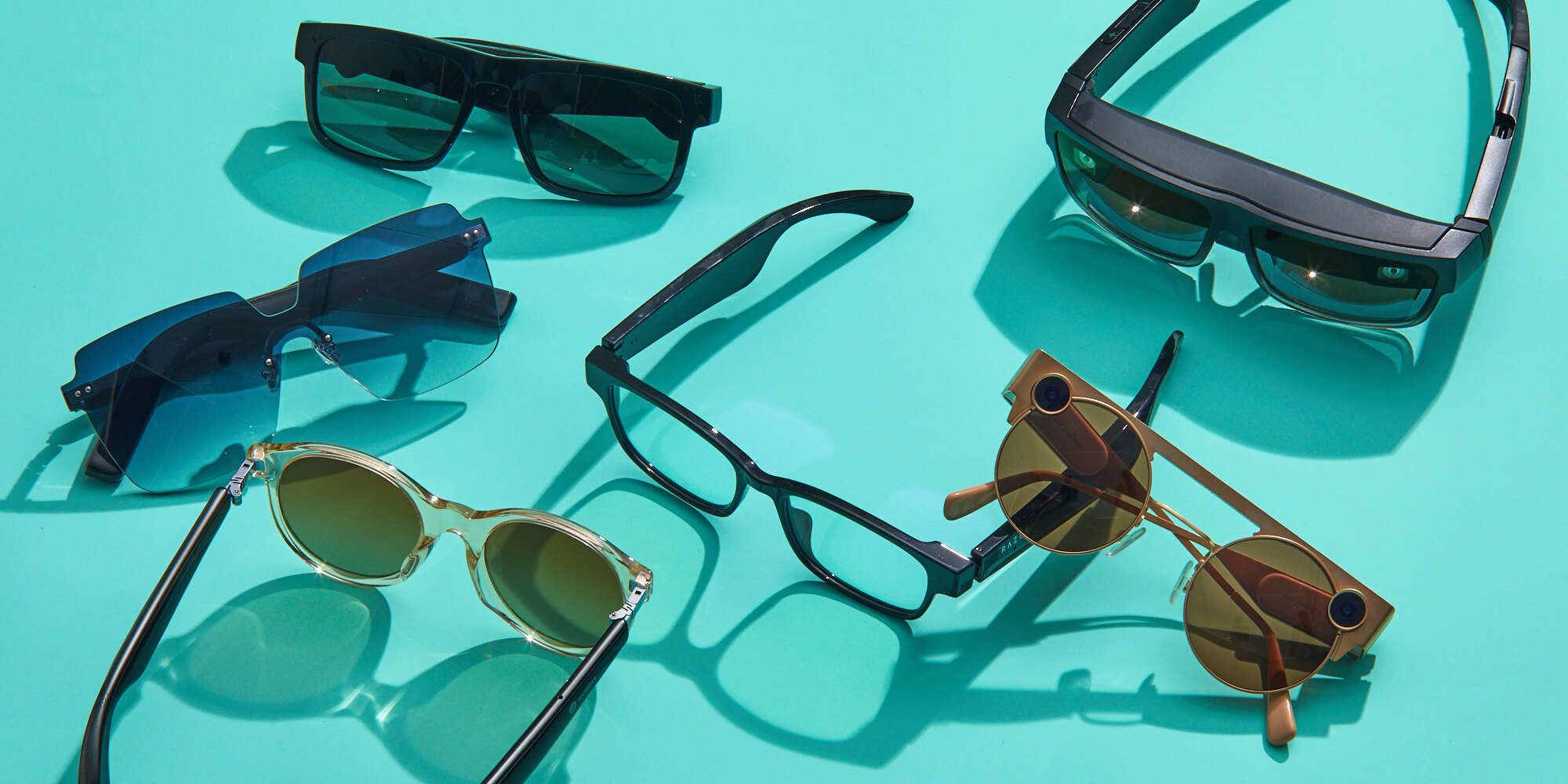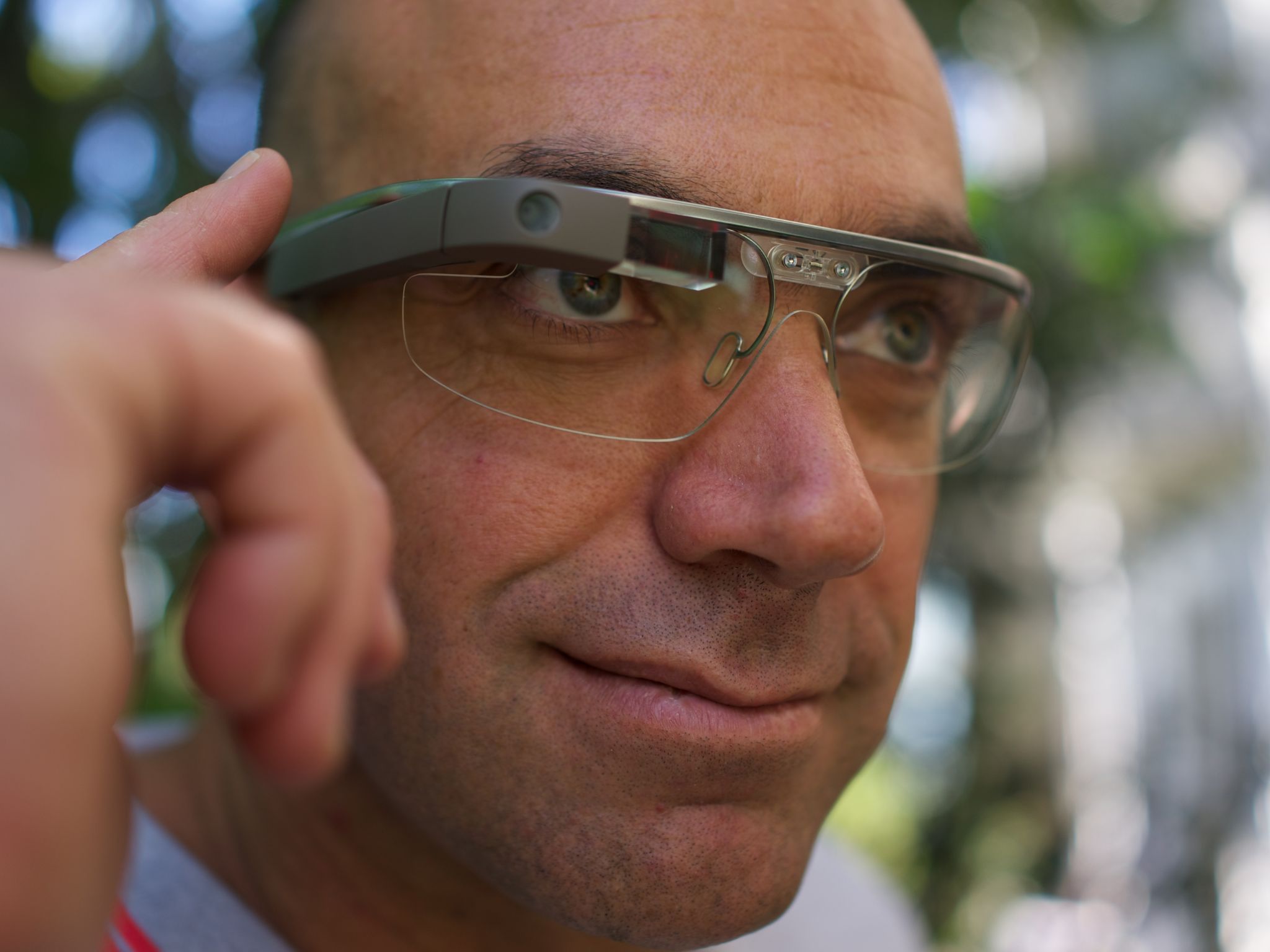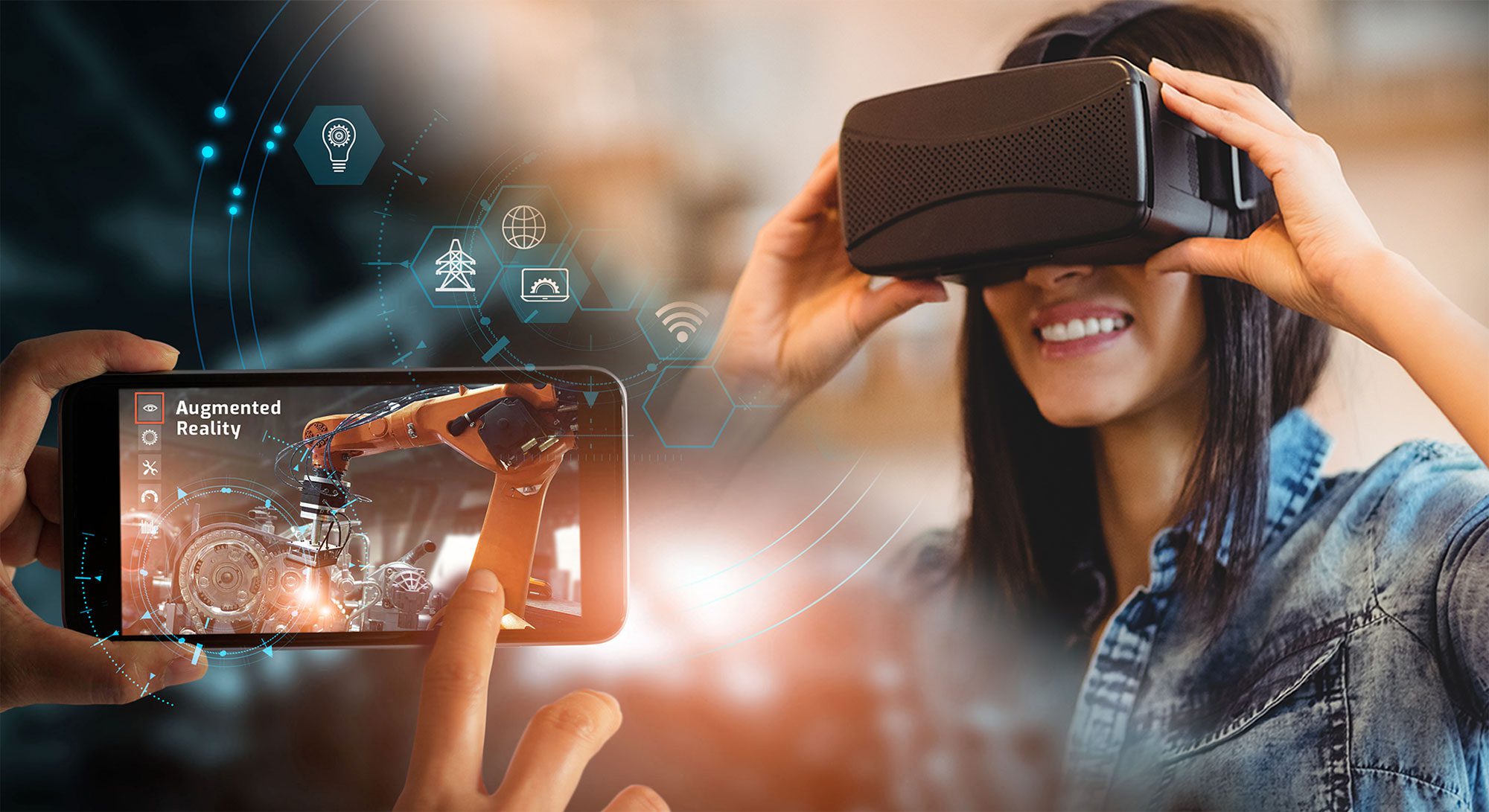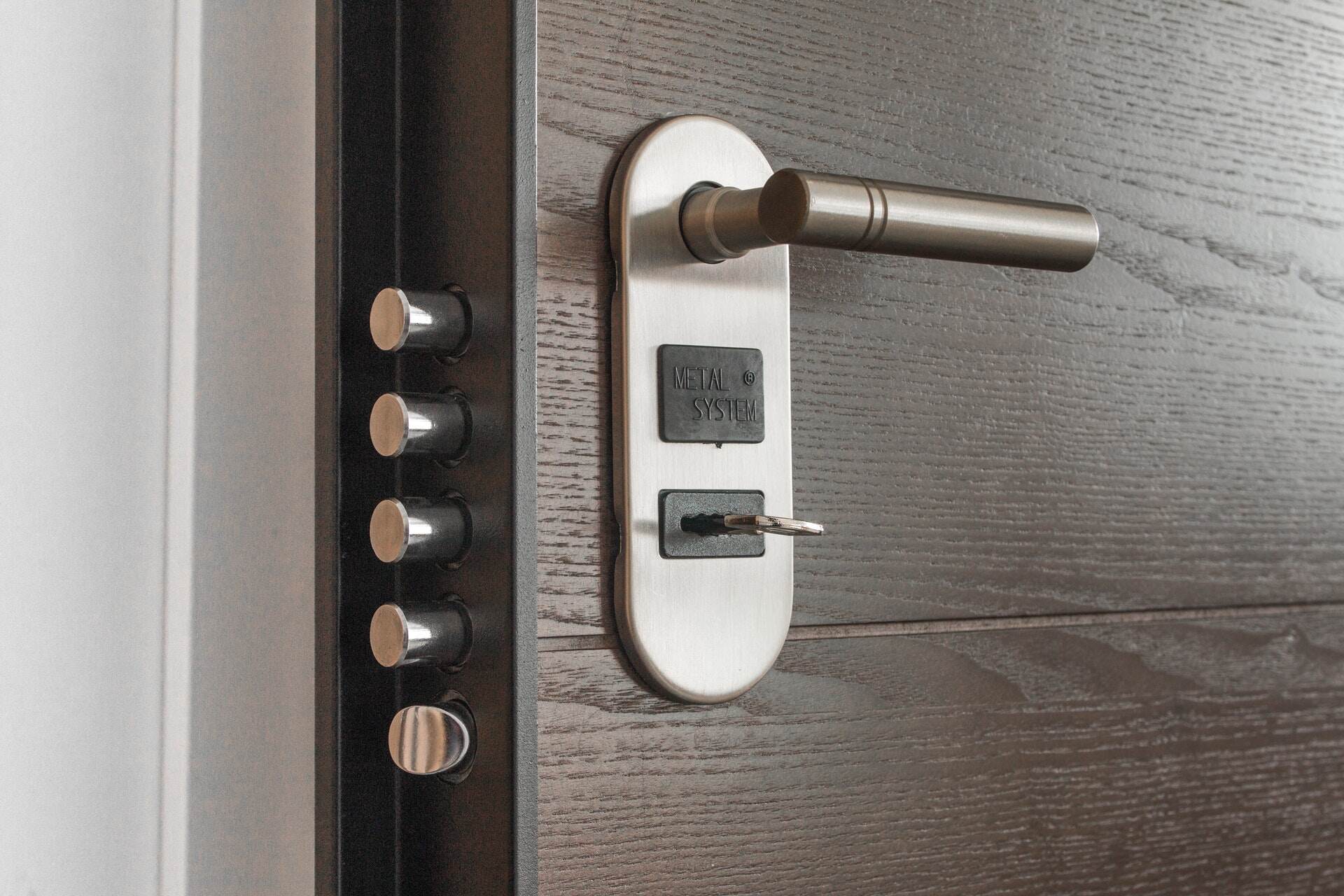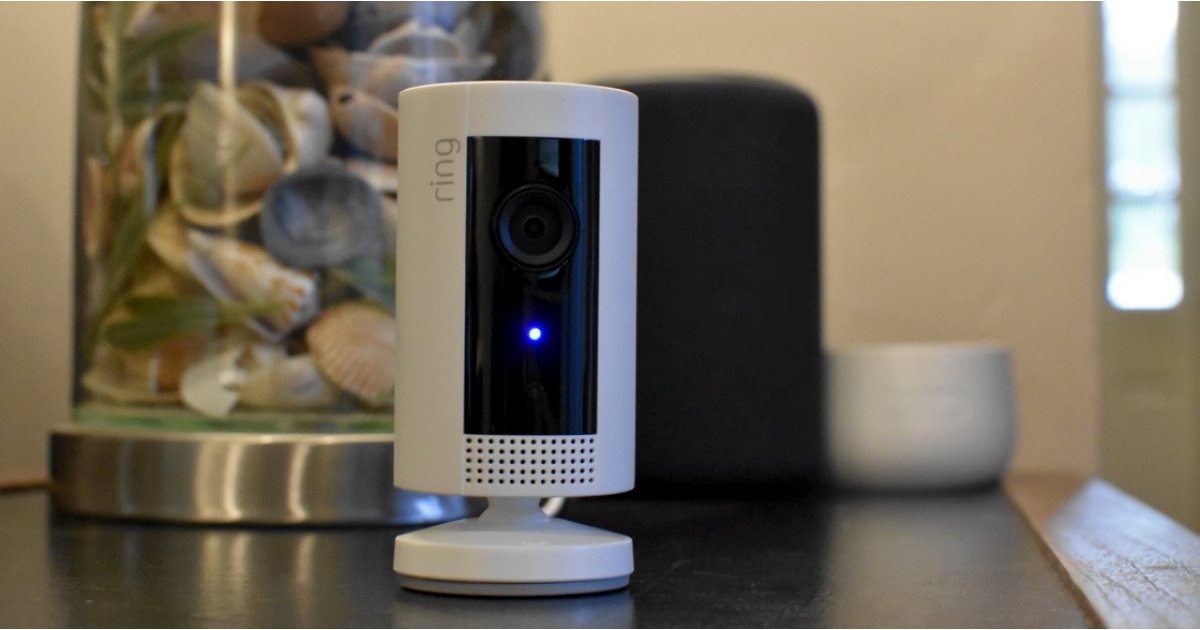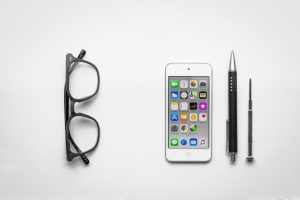Introduction
Smart glasses have revolutionized technology by incorporating advanced features into a stylish wearable device. They provide users with a plethora of functionalities, including the ability to detect presence from a distance. This exciting capability is made possible through the use of infrared sensors, which have become an integral part of smart glasses’ distance detection system.
In this article, we will delve into the fascinating world of smart glasses and explore how they are able to detect presence from afar. We will take a closer look at the role of infrared sensors in this process and delve into the intricate workings of infrared technology. Additionally, we will explore the science behind distance detection and highlight the features that make smart glasses‘ distance detection system so impressive.
But first, let’s briefly touch on the basics of smart glasses for those who may be unfamiliar. Smart glasses are wearable devices that resemble traditional eyeglasses but are equipped with cutting-edge technology. They often come with a small display positioned in front of the user’s eye, allowing for the presentation of visual information in a convenient and hands-free manner.
Nowadays, smart glasses are used in a variety of industries and applications. From healthcare and education to manufacturing and entertainment, their potential knows no bounds. With the ability to detect presence from a distance, smart glasses have further solidified their position as a truly versatile and innovative piece of technology.
So, if you’re curious to discover how smart glasses achieve this impressive feat, join us on this journey into the realm of infrared sensors and distance detection.
How Smart Glasses Work
Smart glasses combine advanced hardware and software components to deliver their unique features and functionalities. The key components include sensors, displays, processors, and connectivity modules.
At the heart of smart glasses are the sensors, which play a crucial role in gathering data about the user’s environment. These sensors can include accelerometers, gyroscopes, magnetometers, and, of course, infrared sensors. These sensors work together to collect information such as motion, orientation, and even the presence of objects or people.
Once the sensors have collected the necessary data, the information is transferred to the onboard processor, which analyzes and processes the data in real-time. The processor then sends the output to the display, which presents the information directly to the user’s eye.
Smart glasses also rely on connectivity modules, such as Bluetooth or Wi-Fi, to establish a connection with other devices. This allows for seamless integration with smartphones, tablets, or other smart devices, enabling users to access additional functionalities and interactive features.
Now that we have a general understanding of how smart glasses function, let’s dive deeper into the role of infrared sensors in these devices.
- HTML Coding
- Subheading
- List Item
The Role of Infrared Sensors
Infrared sensors are an essential component of smart glasses’ distance detection system. These sensors detect and measure infrared radiation, which is emitted by objects and living beings as heat. By capturing this radiation, infrared sensors enable smart glasses to detect the presence of people or objects in the surrounding environment.
The ability of infrared sensors to detect presence is based on the principle that all objects above absolute zero temperature emit infrared radiation. Every living being, including humans, radiates heat in the form of infrared energy. By capturing and measuring this radiation, smart glasses’ infrared sensors can determine the presence and distance of people or objects.
One of the key advantages of using infrared sensors is that they work regardless of lighting conditions. Unlike visual sensors that rely on visible light, infrared sensors can operate in darkness or low-light environments since they detect heat rather than light. This makes them highly useful in a wide range of settings, such as nighttime navigation, security, and search and rescue operations.
In addition to detecting presence, infrared sensors also play a crucial role in measuring temperature. They can accurately measure the heat emitted by an object or living being, allowing smart glasses to provide temperature-related information or assist in thermal imaging applications.
The integration of infrared sensors into smart glasses greatly enhances their functionality and opens up a world of possibilities for various industries. These sensors enable smart glasses to perform tasks such as people counting, object tracking, and even monitoring body temperature. This versatility makes them valuable tools in industries such as retail, healthcare, and security.
Overall, infrared sensors are a vital component of smart glasses, enabling them to detect the presence of people and objects and provide valuable data in various applications. Their ability to operate in different lighting conditions and accurately measure temperature adds to the versatility and practicality of smart glasses in multiple industries.
Understanding Infrared Technology
Infrared technology is the foundation upon which infrared sensors in smart glasses operate. To effectively comprehend how smart glasses detect presence from a distance, it is crucial to have a basic understanding of the principles behind infrared technology.
Infrared radiation, also known as infrared light or simply IR, is a form of electromagnetic radiation with wavelengths longer than those of visible light. The infrared spectrum ranges from approximately 700 nanometers to 1 millimeter in wavelength. It falls between the visible light spectrum and the microwave spectrum on the electromagnetic spectrum.
Objects and living beings emit infrared radiation as a result of the heat they generate. The intensity of the emitted infrared radiation is directly related to the object’s temperature. Infrared sensors, such as those found in smart glasses, are specifically designed to detect and measure this type of radiation.
Infrared sensors rely on a special material called an “infrared detector” or “sensor element” to convert the incoming infrared radiation into an electrical signal. This signal is then processed and analyzed to determine the presence and distance of objects or people in the environment. The most commonly used types of infrared detectors are thermal detectors, photoconductive detectors, and photovoltaic detectors.
Thermal detectors work by measuring the temperature of objects based on the infrared radiation they emit. They use tiny thermocouples or microbolometers to detect and convert the heat into electrical signals. Photoconductive detectors, on the other hand, rely on changes in conductivity when exposed to infrared radiation to produce an electrical signal. Photovoltaic detectors generate an electric current when illuminated by infrared radiation, allowing them to measure the intensity of the radiation.
Infrared technology has numerous practical applications beyond smart glasses. It is widely used in fields such as thermal imaging, night vision devices, remote temperature measurements, and security systems. The ability to detect and measure the infrared radiation emitted by objects and living beings provides valuable insights and enables various functionalities in different industries.
By understanding the underlying principles of infrared technology, we can appreciate how smart glasses utilize infrared sensors to detect presence and enhance their capabilities. The integration of infrared technology into smart glasses has opened up new possibilities for a wide range of applications, making these wearable devices even more versatile and valuable.
How Smart Glasses Use Infrared Sensors to Detect Presence
Smart glasses utilize infrared sensors in a sophisticated manner to detect the presence of people and objects in their surroundings. These sensors work by capturing and analyzing the infrared radiation emitted by living beings and objects, allowing smart glasses to accurately detect and locate their presence.
When a person or object is present, they emit infrared radiation as heat. The infrared sensors in smart glasses pick up this radiation and convert it into an electrical signal. The intensity of the signal corresponds to the amount of infrared radiation detected, which in turn indicates the presence and proximity of the object or person.
Smart glasses employ a combination of infrared sensors, algorithms, and processing capabilities to accurately detect and track the presence of individuals or objects in real-time. By continuously analyzing the electrical signals generated by the infrared sensors, the smart glasses’ processor can determine the distance and direction of the detected presence.
The algorithms used in smart glasses’ distance detection system play a significant role in interpreting the electrical signals and translating them into actionable information. These algorithms are designed to filter out noise and unwanted signals, ensuring that the detected presence is accurate and reliable.
Smart glasses can present the information about the detected presence to the user through the built-in display. The display can overlay the information directly onto the user’s field of view, allowing them to see an augmented view of the environment. This visual feedback provides users with real-time awareness of the presence of objects or people around them.
Furthermore, smart glasses can also transmit the presence information to other connected devices, enabling seamless integration and extended functionalities. For example, in healthcare settings, the presence of a medical professional wearing smart glasses can be relayed to a central monitoring station, allowing for effective communication and coordination.
The integration of infrared sensors into smart glasses has not only enhanced their distance detection capabilities but has also opened up possibilities for other features. By incorporating gesture recognition technology, smart glasses can interpret hand movements and gestures, further enriching the user experience.
Overall, smart glasses leverage the power of infrared sensors, advanced algorithms, and real-time processing to detect the presence of people and objects. This technology empowers users, providing them with valuable information and enhancing their situational awareness in various applications and industries.
The Science Behind Distance Detection
Distance detection is a fascinating aspect of smart glasses’ functionality, enabled by a combination of sensor technology and scientific principles. By understanding the science behind distance detection, we can grasp how smart glasses accurately determine the distance between the wearer and surrounding objects or individuals.
One of the key scientific principles at play in distance detection is the speed of light. Light travels at approximately 299,792,458 meters per second in a vacuum. When a light source, such as an infrared emitter, emits a beam of light, it travels in a straight line until it encounters an object or person.
Upon hitting an object or person, the beam of light is partially absorbed, reflected, or scattered. How the light interacts with the object or person depends on various factors, including the object’s color, texture, and composition. The reflected or scattered light then travels back to the smart glasses’ infrared sensors.
Using the time it takes for the light to travel from the emitter to the object and back to the sensors, smart glasses can calculate the distance between the wearer and the object or person. This calculation is possible because the speed of light is constant, allowing for precise measurements
Smart glasses employ advanced time-of-flight (ToF) technology to measure the time it takes for the light to travel. The infrared sensors in the smart glasses emit short pulses of infrared light and measure the time it takes for the light to return after hitting the object or person. By accurately measuring the time elapsed, smart glasses can calculate the distance based on the known speed of light.
To ensure accurate distance detection, smart glasses’ algorithms take into account factors such as the intensity of the reflected or scattered light, ambient lighting conditions, and potential obstructions. By analyzing and interpreting the sensor data, the algorithms provide real-time distance information with a high level of precision.
It’s important to note that distance detection with smart glasses is not limited to a single point measurement. The sensors capture a range of data points, allowing for the creation of a depth map. This depth map provides a three-dimensional representation of the surrounding environment, further enhancing the accuracy and reliability of distance detection.
Through the scientific principles of light and the precise measurements enabled by ToF technology, smart glasses can accurately and dynamically detect the distance between the wearer and surrounding objects or individuals. This distance detection capability opens up limitless possibilities for applications in various fields, including navigation, augmented reality, and interactive experiences.
Features of Smart Glasses’ Distance Detection System
The distance detection system of smart glasses encompasses several key features that enhance its functionality and provide users with valuable information about their surroundings. These features work together to ensure accurate distance measurement and a seamless user experience.
1. Real-time Distance Monitoring: Smart glasses’ distance detection system operates in real-time, continuously updating the distance information as the wearer moves or as objects/people enter or leave their proximity. This real-time monitoring enables users to have up-to-date awareness of their surroundings.
2. Distance Measurement Range: Smart glasses are designed to detect presence and measure distances within a specific range. The exact range can vary depending on the specific model and technology used. Some smart glasses have a shorter range suitable for close-proximity detection, while others can accurately measure distances up to several meters.
3. Accuracy and Precision: Distance detection with smart glasses strives for high accuracy and precision. The combination of infrared sensors, advanced algorithms, and time-of-flight technology enables precise distance calculations, allowing users to have confidence in the distance measurements provided by their smart glasses.
4. Adjustable Sensitivity: Smart glasses often offer the option to adjust the sensitivity of their distance detection system. This feature allows users to customize the detection range based on their specific needs and preferences. By adjusting the sensitivity, users can fine-tune the distance detection system to suit different environments or tasks.
5. Obstacle Detection: In addition to measuring distances, smart glasses’ distance detection system can often identify obstacles or objects that may obstruct the wearer’s path. This feature enhances safety and helps users navigate their surroundings more effectively, especially in dynamic or crowded environments.
6. Visual Feedback: Smart glasses provide visual feedback to the wearer regarding the detected distances and presence. The information is typically displayed on the built-in display, overlaying the user’s field of view. This visual feedback can include distance data, alerts about close proximity, or graphical representations of objects present in the environment.
7. Integration with Other Applications: The distance detection system of smart glasses can integrate with other applications or functionalities within the device. For example, smart glasses can use the distance information to trigger specific actions or interact with augmented reality overlays. This integration enhances the overall user experience and widens the range of applications for smart glasses.
By incorporating these features in their distance detection systems, smart glasses provide users with valuable insights into their surroundings. The real-time monitoring, accuracy, adjustable sensitivity, obstacle detection, visual feedback, and integration capabilities make smart glasses a powerful tool for various applications, such as navigation, accessibility, and interactive experiences.
Advancements in Smart Glasses Technology
Smart glasses technology has witnessed remarkable advancements in recent years, propelling these wearable devices to new levels of functionality, performance, and user experience. These advancements have expanded the capabilities of smart glasses, making them more versatile and appealing in various industries and everyday life.
1. Miniaturization: One of the significant advancements in smart glasses technology is the miniaturization of components. Smart glasses are now sleeker, lighter, and more comfortable to wear. This improved design makes them more practical for extended use and reduces the burden on the wearer.
2. Enhanced Processing Power: As technology progresses, smart glasses have seen significant improvements in processing power. More powerful processors allow for faster and more efficient data processing, enabling quicker distance detection, real-time analysis, and seamless integration with other applications or devices.
3. Extended Battery Life: Battery life is a crucial factor for the usability of any wearable device. Advances in smart glasses technology have led to the development of more energy-efficient components, resulting in extended battery life. This allows users to enjoy longer usage times without the need for frequent recharging.
4. Improved Display Technology: Display technology has evolved rapidly, benefiting smart glasses. Advanced displays, such as OLED (Organic Light Emitting Diode) or MicroLED (Micro Light Emitting Diode), provide high-resolution images, vibrant colors, and sharp contrast. This enhances the visual experience and makes information presented on the display more engaging and immersive.
5. Enhanced Connectivity: Connectivity plays a crucial role in smart glasses, enabling seamless communication and integration with other devices. With advancements in wireless technology, smart glasses now offer improved connectivity options such as Bluetooth, Wi-Fi, and even cellular connectivity. This allows for effortless pairing with smartphones, tablets, or other smart devices, expanding the functionalities and possibilities of smart glasses.
6. Integration of Artificial Intelligence (AI): The integration of AI technology has transformed smart glasses into intelligent devices. AI algorithms and machine learning techniques can adapt to user preferences, optimize distance detection, and provide personalized experiences. AI-enabled smart glasses can analyze data in real-time, enhancing the accuracy and efficiency of distance detection and enabling context-aware applications.
7. Augmented Reality (AR) Capabilities: Smart glasses are increasingly incorporating augmented reality features, overlaying digital information onto the user’s real-world view. These AR capabilities provide users with additional contextual information, such as digital labels, real-time data, or interactive elements, enhancing the overall user experience and opening up new possibilities in various industries.
These advancements in smart glasses technology have paved the way for exciting possibilities in fields such as healthcare, education, industrial applications, and consumer use. With ongoing research and development, we can expect even more innovative features and functionalities to enhance the capabilities of smart glasses in the near future.
Conclusion
Smart glasses have evolved into powerful wearable devices that utilize infrared sensors to detect the presence of objects and people from a distance. The integration of infrared technology into smart glasses has opened up a vast array of applications, ranging from healthcare and manufacturing to navigation and security. With the ability to accurately measure distances and provide real-time feedback, smart glasses empower users with valuable information and enhance their situational awareness.
The advancements in smart glasses technology, including miniaturization, enhanced processing power, extended battery life, improved display technology, enhanced connectivity, integration of AI, and the incorporation of augmented reality capabilities, have significantly improved the overall functionality and user experience of these devices. Users can now enjoy more comfortable and visually impressive smart glasses that offer seamless integration with other devices, longer usage times, and personalized experiences.
As the smart glasses market continues to evolve, we can expect even more innovations and advancements in the coming years. The ongoing research and development in sensor technology, processing capabilities, connectivity, and augmented reality will further enhance the distance detection system and introduce new features and functionalities.
Whether it’s assisting healthcare professionals in diagnosing patients, providing real-time information to industrial workers, or enhancing our everyday experiences, smart glasses have become indispensable tools in various industries. Their ability to detect presence from a distance and provide valuable insights opens up new possibilities for improved safety, productivity, and efficiency.
As the technology behind smart glasses continues to advance, we can look forward to a future where these devices become even more seamlessly integrated into our daily lives. With constant innovation and refinement, smart glasses hold the potential to revolutionize the way we interact with our environment and access information.







